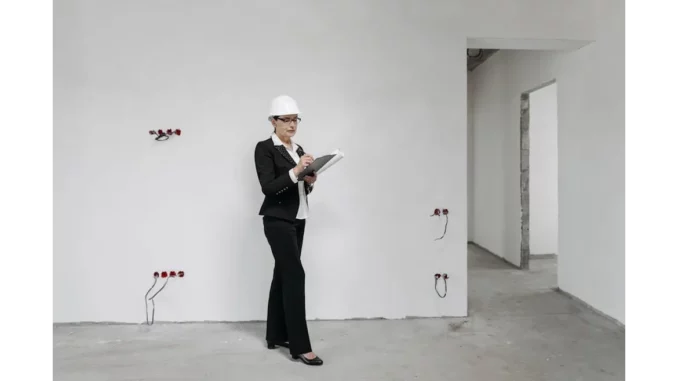
Last week, I had the opportunity to sit down with a seasoned professional in the field of environmental assessment. Sarah, an experienced BREEAM assessor, offered invaluable insights into the rigorous and meticulous world of building sustainability assessments. Over the course of our conversation, I was able to gain a deep understanding of how these assessments are carried out by independent, third-party, BREEAM licensed organisations using assessors trained through nationally or internationally recognised programmes.
Sarah’s journey into the realm of BREEAM (Building Research Establishment Environmental Assessment Method) began almost a decade ago. “I was always passionate about sustainability and architecture,” she shared with a warm smile. “When I discovered BREEAM, it felt like the perfect intersection of my interests.” BREEAM, as she explained, is a leading sustainability assessment method for master planning projects, infrastructure, and buildings. It recognises and reflects the value in higher-performing assets across the built environment lifecycle, from new construction to in-use and refurbishment.
The heart of our discussion centred on the process and integrity of BREEAM assessments. As Sarah detailed, these evaluations are not just a simple checklist but involve a comprehensive analysis conducted by independent, third-party organisations. “The independence is crucial,” she emphasised. “It ensures that the assessments are unbiased and thoroughly objective.”
These third-party organisations are licensed by BREEAM, which adds another layer of credibility. “Being licensed means that the organisation has met stringent standards set by BREEAM themselves,” Sarah noted. “They are equipped with the necessary tools and knowledge to perform these assessments effectively.”
One aspect that stood out during our conversation was the rigorous training that BREEAM assessors undergo. Sarah herself underwent an extensive training programme before becoming certified. “It’s not just about understanding the criteria,” she explained. “You need to be able to apply them accurately to a wide range of building types and situations.” This training is provided through nationally or internationally recognised programmes, ensuring a high level of competence and consistency among assessors.
Sarah walked me through a typical assessment process, which begins long before the actual site visit. “It starts with a thorough review of the building’s design documents,” she said. “We look at everything from energy and water use to materials and waste management.” This preparatory phase is crucial as it sets the foundation for what will be observed and verified during the site visit.
The site visit itself is a meticulous affair. “We don’t just take a quick look around,” Sarah laughed. “We spend hours, sometimes days, on-site, checking every detail against the BREEAM criteria.” She mentioned that this often involves engaging with various stakeholders, including architects, engineers, and facility managers. “Their input is invaluable because they provide the context and practical insights that we need,” she added.
What struck me most was the level of detail involved in these assessments. Sarah shared an anecdote about a recent project where she had to verify the sourcing of construction materials. “It wasn’t enough to know that the materials were sustainable,” she said. “I had to trace their origins and ensure they met specific environmental standards.” This level of scrutiny ensures that the buildings assessed under BREEAM truly adhere to the highest sustainability standards.
Another key point in our discussion was the importance of continuous learning and staying updated with the latest developments in the field. “BREEAM is not static,” Sarah pointed out. “The standards evolve to reflect new research, technologies, and best practices.” As a result, assessors must periodically undergo further training and professional development. “It’s a challenging but rewarding aspect of the job,” she admitted.
Sarah also touched on the broader impact of BREEAM assessments. “It’s not just about getting a certification,” she said passionately. “It’s about driving real change in the built environment.” Through these assessments, buildings can achieve higher levels of efficiency and sustainability, which in turn benefits the environment and the people who use these spaces.
As our conversation drew to a close, Sarah reflected on her experiences and the future of BREEAM. “I believe we are at a pivotal moment,” she mused. “With increasing awareness of climate change and the need for sustainable development, the role of BREEAM assessors is more important than ever.” She expressed hope that more professionals would join the field and contribute to this vital work.
My conversation with Sarah left me with a profound appreciation for the intricacies and importance of BREEAM assessments. The dedication and expertise of assessors like her play a crucial role in promoting sustainability and ensuring that our built environment meets the highest standards. Through their meticulous work, they help pave the way for a greener, more sustainable future.
Kenneth George


Be the first to comment